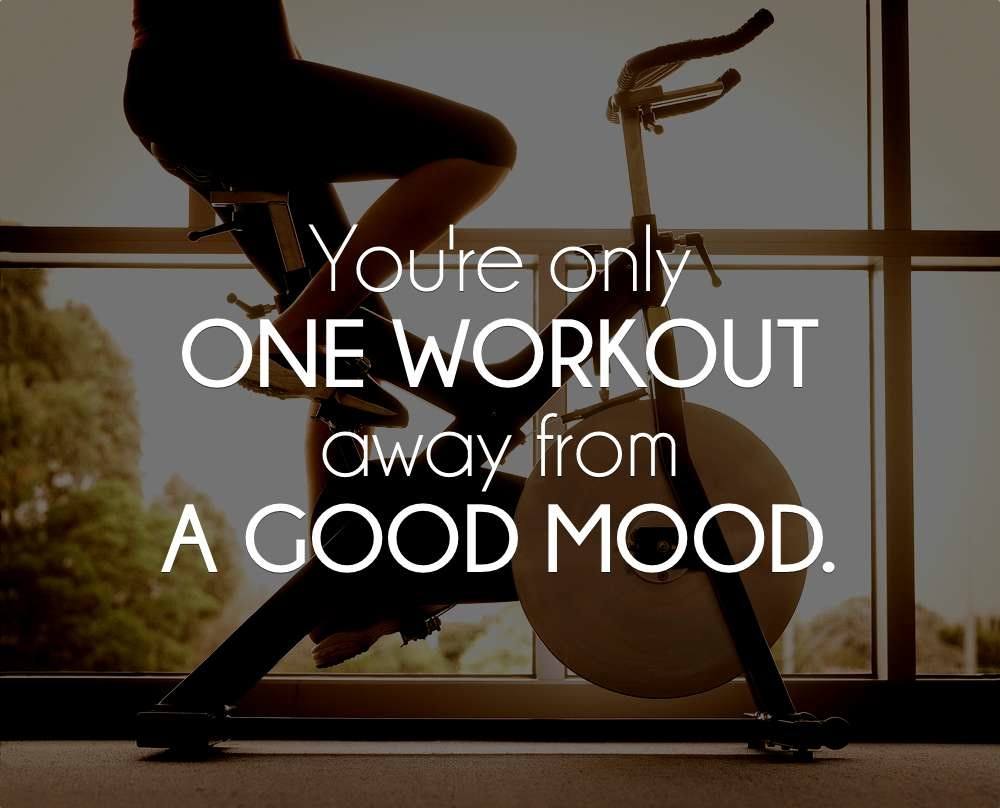A very common misconception is that you will remember everything that you do, and that those memories are enough for you to make proper adjustments. This is definitely not the case: your memories will be colored by a lot of things, such as your mood, the weather, your workload etc, etc. When you try to think back to see what has worked for you, there is no way you can make sound adjustments based only on memories.—this is where numbers become very powerful: hard-recorded numbers and facts don’t lie!
Gather your facts!
The number one thing you need to keep on top of your training is a journal. A journal will take the stress out of remembering every training session, and it will fill up with with solid facts that you can refer back to. When you want to look back and see what has been working for you, all you need should be in your journal. Below are some ways of keeping track of what you do.
Pen and paper
The old fashioned written journal is still a good tool, and it works for most people. Simply keep a notebook where you write down every gym session, every run, or Pilates session. Write down as much information as possible: what you did, when you did it, what it felt like, etc. The more information you gather the better. The pen and paper approach has one big drawback, and that is in the analysis phase: your notebook will not be any help at all when trying to figure out how everything fits together, so you will have to figure that out yourself.
Spreadsheet
One step up on the technology scale is to use a program such as Excel, or Google docs spreadsheet. You would basically collect the same information as with a written journal, but the spreadsheet itself will make the analysis much easier if you track relevant data. Download Work Out Planner Spreadsheet
Online tracking services
To make it even easier to track relevant data, you can leverage the knowledge of experts who have already done the job for you. You simply open a free account with RunKeeper or Endomondo (for running, walking, cycling, etc.) and enter your data there. Analysis is also made a whole lot easier as the makers of the online service have done a lot of thinking for you. Once you have created an online account, the next step is to use your smartphone (providing you have one) as your data entry tool. Just download the app and get cracking. The great side effect here is that your smart phone becomes your stop watch, and the built-in GPS tracks your speed and distance. That’s a lot of tracking with just one device.
RunKeeper – More than 14 million people who are using this app to build a training community.
Endomondo – Make fitness fun with this personal trainer and social fitness app.
GPS
If you prefer not to use your smartphone, a GPS watch or similar is crucial for tracking your running routes and speed. You can of course do this by mapping out and measuring your routes and using a stop watch to time yourself, but although this works, using a GPS tracker means that you are free to improvise your route. Uploading the GPS data to your computer and online accounts is very easy as well.
Heart rate monitor
Heart rate monitors are great for knowing how hard your body is working and if your training is in the correct zone. Together with a smartphone and an app collecting data connected to GPS coordinates, keeping track of your speed and progress is super simple.
Foot pod
The foot pod is a great tool when you are working on getting your running cadence up to the right level. When connected to the GPS in your smartphone, it offers lots of opportunities to see how your technique progresses through a session.
Conclusion
Having a journal is essential for putting all of this together, and if you go the smartphone route, you have a great way of consolidating your data. A lot of your work with summarizing your info is made very easy and almost automatic if you use your smartphone as the hub. What do you use to keep track of your training progress?
